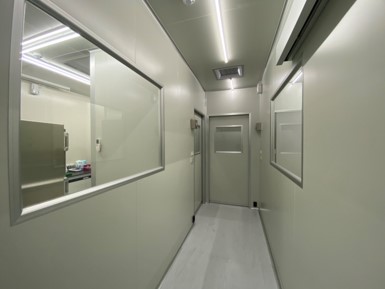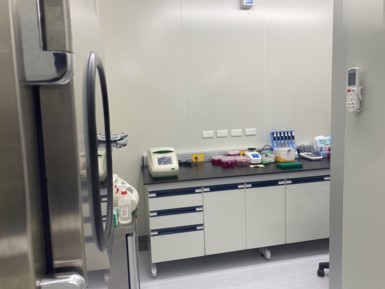According to WHO, infectious diseases account for more than 25% of all patient deaths. Mortality is even higher in patients with risk factors including sepsis, meningitis, pneumonia, compromised immunity. When patients are infected, 50% of the time, the source of infection cannot be identified through traditional testing methods. Therefore, due to the lack of evidence, physicians can only depend on clinical menifestations and past experiences. This may delay diagnosis and treatment.
Nowadays with technological advances, previous studies have shown genome sequencing to be superior to traditional laboratory methods. It has the potential to identify a broad range of pathogens in a single test. Through the results of the tests, physicians may adjust treatment regimens to achieve better patient outcomes.
The genomic center for infectious diseases provide patients with "comprehensive", "precise", and "Rapid" pathogen genome sequencing services.
This technology may break through the limit of traditional clinical testing, exam tens of thousands of pathogens at a one time, provide inspection reports within 72 hours, identify pathogens, and assist clinicians in diagnosis and formulating the best treatment plan. High-efficiency testing services allow patients with acute (rapid disease progression), severe (life-threatening condition), and difficult (difficult to diagnose) infections to receive the most accurate diagnosis and treatment without missing the golden hour.
The genomic center for infectious diseases provide patients with "comprehensive", "precise", and "Rapid" pathogen genome sequencing services.
This technology may break through the limit of traditional clinical testing, exam tens of thousands of pathogens at a one time, provide inspection reports within 72 hours, identify pathogens, and assist clinicians in diagnosis and formulating the best treatment plan. High-efficiency testing services allow patients with acute (rapid disease progression), severe (life-threatening condition), and difficult (difficult to diagnose) infections to receive the most accurate diagnosis and treatment without missing the golden hour.
First to be established in national hospitals
The center is currently the first and only molecular laboratory capable of genome sequencing in the hospital.
Pathogen database containing tens of thousands of species
The pathogen database used for analysis and comparison has tens of thousands of cross-species pathogens, including bacteria (6,100+), fungi (1,000+), viruses (4,900+) and parasites (230+). And through cooperation with the industry and academia, we will continue to build a pathogen database exclusive to Taiwan.
 Biosafety Level 2 Laboratory
It is divided into three spaces with different air pressure gradients and cleanliness to carry out testing. The entire airflow must be HEPA filtered, and the ceiling is equipped with ultraviolet sterilization lamps to protect the environment and personnel safety. In different compartments, special sample transfer boxes and a single transfer route are also set up to prevent sample contamination.
Biosafety Level 2 Laboratory
It is divided into three spaces with different air pressure gradients and cleanliness to carry out testing. The entire airflow must be HEPA filtered, and the ceiling is equipped with ultraviolet sterilization lamps to protect the environment and personnel safety. In different compartments, special sample transfer boxes and a single transfer route are also set up to prevent sample contamination.
